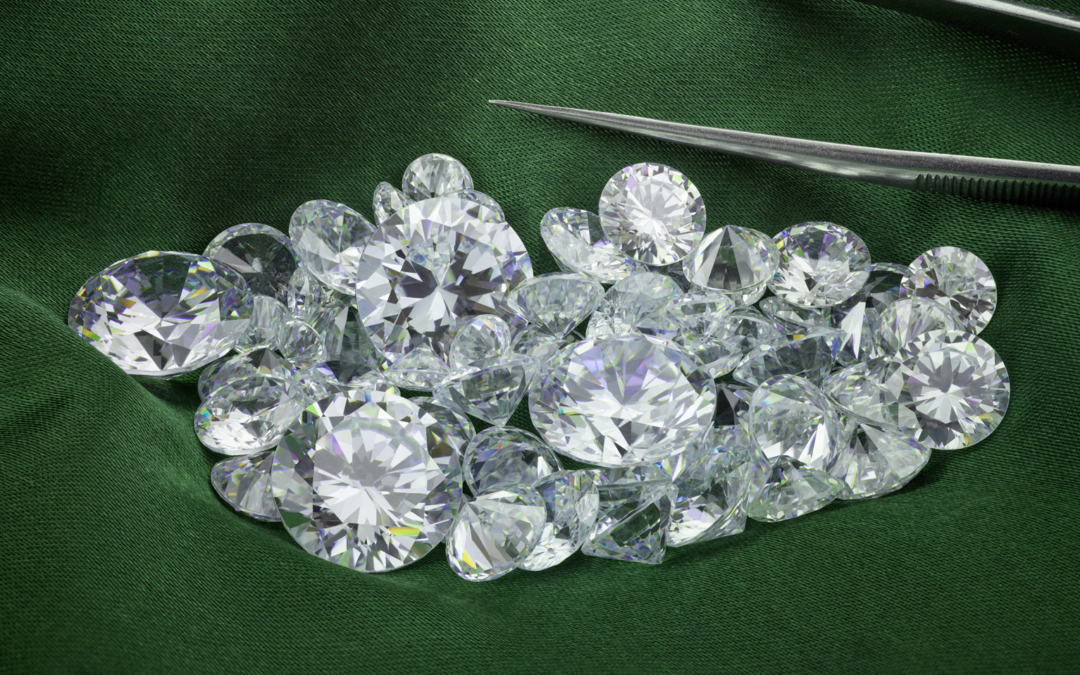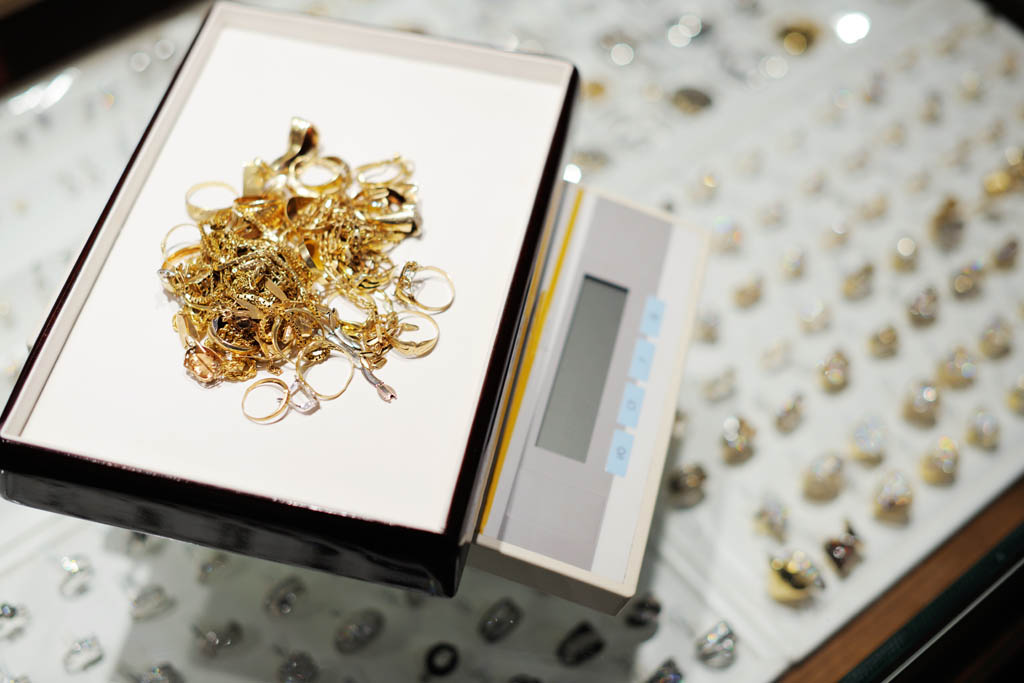The glimmer of gold has captivated hearts for centuries, adorning the necks, fingers, and wrists of royalty, lovers, and dreamers alike. But behind its timeless allure lies a tale of environmental impact, ethical quandaries, and myths waiting to be debunked. In this article, we delve into the truth behind the shimmering curtain of recycled gold, separating fact from fiction.
Introduction
Gold, a symbol of luxury and opulence, holds a significant place in human history and culture. However, the traditional mining processes for extracting this precious metal can have detrimental effects on the environment and communities. Enter recycled gold – a sustainable alternative that is gaining momentum in the jewelry industry.
The Process of Recycling Gold
Recycled gold begins its journey with the collection of old jewelry, which is then subjected to a meticulous refining and purification process. This process removes impurities and alloys, resulting in pure gold ready to be crafted into new pieces, thus closing the loop of its lifecycle.
Environmental Impact of Recycled Gold
One of the most compelling arguments for recycled gold lies in its environmental benefits. By reducing the demand for newly mined gold, recycling helps to mitigate the destructive effects of mining, such as deforestation, habitat destruction, and water pollution. Additionally, the carbon footprint of recycled gold is significantly lower compared to its freshly mined counterpart, making it a greener choice for conscientious consumers.
Quality of Recycled Gold
Contrary to common misconceptions, recycled gold maintains the same level of purity and quality as newly mined gold. Through advanced refining techniques, mith about recycled Gold can achieve the same purity levels, ensuring that it is just as durable and long-lasting as its freshly mined counterpart.
Ethical Considerations
Another crucial aspect of recycled gold is its ethical implications. By opting for mith about recycled Gold, consumers can avoid supporting the unethical practices often associated with traditional mining, such as exploitation of workers and communities, as well as the funding of conflict minerals.
Cost Comparison
While some may assume that recycled gold comes with a hefty price tag, the reality is quite the opposite. In many cases, recycled gold can be more cost-effective than newly mined gold, offering consumers a sustainable option without breaking the bank.
Popularity and Trends
The tide is turning in favor of recycled gold, with an increasing number of consumers and jewelry brands embracing its sustainability credentials. This shift is reflected in the growing demand for recycled gold jewelry and the industry’s commitment to adopting more sustainable practices.
Misconceptions and Myths
Despite its growing popularity, recycled gold still faces misconceptions and myths. One prevalent myth is the perception of lower quality compared to newly mined gold. However, as previously mentioned, recycled gold undergoes rigorous refining processes to ensure its purity and quality.
Certifications and Standards
To provide assurance to consumers, various certifications and standards have been established to regulate the recycled gold industry. These certifications, such as the Responsible Jewellery Council (RJC) certification, lab diamonds, serve as markers of transparency and accountability in the sourcing and production of recycled gold jewelry.
Consumer Awareness and Education
Spreading awareness about the benefits of recycled gold is essential in driving consumer adoption. By educating consumers about its environmental and ethical advantages, we can empower them to make informed choices and support sustainability in the jewelry industry.
Impact on Artisans and Communities
Beyond its environmental and ethical considerations, recycled gold also has a positive impact on artisans and communities involved in its production. By supporting recycled gold initiatives, consumers can contribute to sustainable livelihoods and community development, particularly in regions where mining has historically caused harm.
Innovation in Recycling Techniques
Advancements in technology are driving innovation in recycling techniques, making the process more efficient and cost-effective. From innovative extraction methods to novel refining processes, the future of recycled gold holds promise for further sustainability gains.
Challenges and Limitations
Despite its benefits, recycled gold still faces challenges and limitations, such as the availability of recycled materials and the need to scale up production to meet growing demand. Addressing these challenges will require collaboration across the industry and continued innovation in recycling technologies.
Conclusion
In conclusion, the myth of recycled gold is just that – a myth. Far from being inferior, recycled gold offers a sustainable, ethical, and high-quality alternative to traditional mining. By choosing recycled gold jewelry, consumers can make a positive impact on the environment, communities, and the future of the jewelry industry.



